David McCullagh reviews a pair of new books exploring a notorious chapter in Irish history.
Grotesque. Unbelievable. Bizarre. Unprecedented.
The words used by Taoiseach Charles Haughey in response to the revelation that a double murderer had been arrested at the home of his Attorney General have entered political folklore - thanks largely to Conor Cruise O’Brien, who came up with the acronym GUBU to sum up the scandal and to describe Haughey’s accident-prone government.
Naturally, there were and are those who refuse to believe that a murderer being arrested in the home of the State’s chief legal officer was just a coincidence. They are convinced that there must be something more to it all, particularly when Haughey’s name is linked to it. But the truth is simple: Malcolm Macarthur just happened to be acquainted with barrister Patrick Connolly, who just happened to be Attorney General at the time, and Macarthur just happened to take up an invitation to stay with Connolly just after he had killed two innocent people. Strange (or grotesque, unbelievable, bizarre and unprecedented if you prefer), but true.
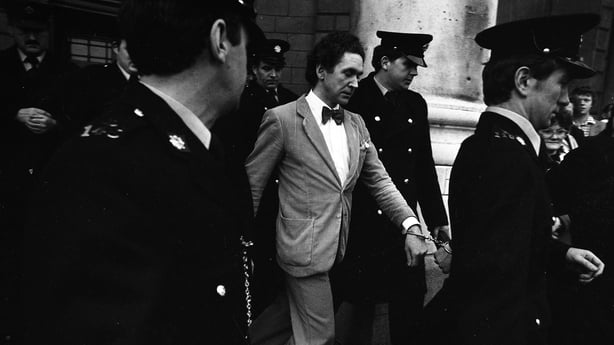
Photo: Independent News And Media/Getty Images
The political link to the scandal is one reason it is seared into public memory; the other is the strange character of the murderer, a bow-tie wearing gentleman of leisure who had squandered his inheritance and was in urgent need of money to maintain his lifestyle. The only option, he concluded, was to rob a bank, for which he would need a car and a gun – and he decided the only way to get them was to commit two murders.
And here is the fundamental tragedy of this awful story, sometimes overshadowed by the fascination with the eccentric murderer with links to the world of high politics – the deaths of two innocents, Bridie Gargan and Donal Dunne, both by coincidence aged 27, both deprived of their futures by Malcolm Macarthur.
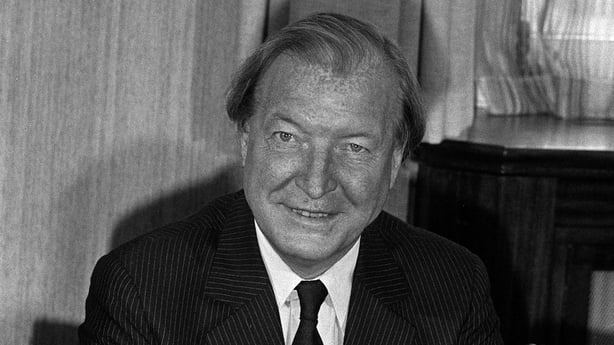
Harry McGee’s gripping The Murderer and the Taoiseach – based on a popular Irish Times podcast – reads like a thriller, but of course is sadly all too true. As the name suggests, it looks both at Macarthur’s crimes, and at the impact they had on the world of politics, and skilfully weaves together the different strands.
The fast-paced narrative is based on extensive use of existing material, along with fresh interviews with some central players in the story. These illuminate the murders, the subsequent manhunt, and Macarthur’s eventual capture in the Dalkey home of the Attorney General on the one hand, and the dramatic political crisis which flowed from these events on the other.
The observations of investigating Gardaí and of journalists covering the events are particularly strong, illustrating the chaotic events of the summer of 1982 as they unfolded at the time.
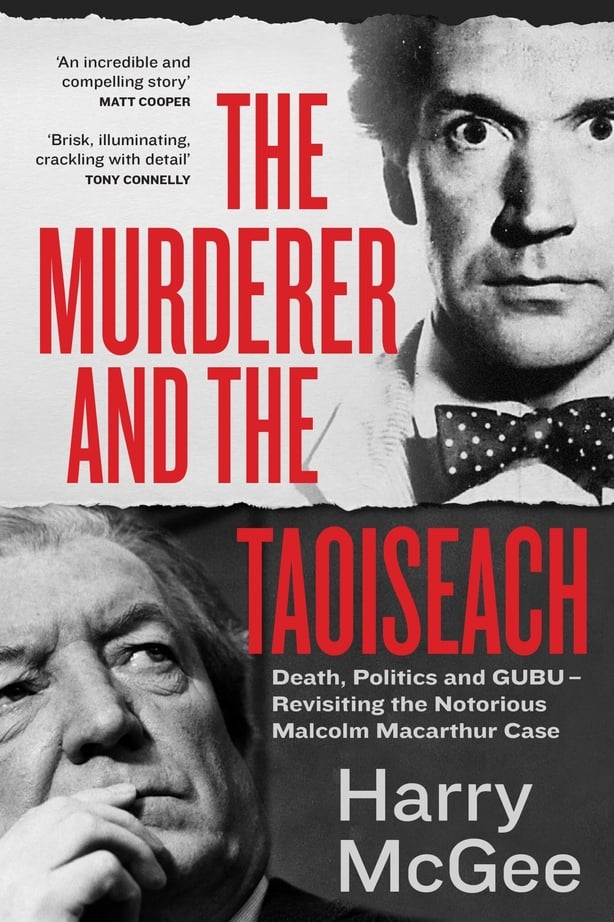
If McGee’s canvass is wide, Mark O’Connell has a necessarily narrower focus in A Thread of Violence, a book which details his efforts to track down Macarthur and get him to talk, to give his own version of the devastating events of 1982.
O’Connell had tenuous connections to those events – his grandparents lived in Pilot View, the gated residence where Macarthur went to ground in Patrick Connolly’s apartment, and he did his PhD on the work of John Banville, including his novel based on the case, The Book of Evidence. Looking for a new project, these links eventually prompted him to consider a book about Macarthur, a work of literary non-fiction that would aim to resolve some unanswered questions.
We need your consent to load this rte-player contentWe use rte-player to manage extra content that can set cookies on your device and collect data about your activity. Please review their details and accept them to load the content.Manage Preferences
Listen: A Thread Of Violence - Mark O'Connell talks to Brendan O'Connor
And there are many of them. Macarthur decided to plead guilty, and thus avoided a trial (he was convicted of only one of the murders, that of Bridie Gargan; the family of Donal Dunne were understandably hurt and irate that charges relating to his death were dropped). Those writing about the case have been left with the observations of others, and with Macarthur’s confession dictated to Gardaí, as they try to explain the inexplicable.
O’Connell’s conversations with Macarthur have definite value then, particularly as he is scrupulous in challenging his subject’s many evasions. Macarthur is, he observes, "a man whose words I can’t take as truth, even if he believes them himself."
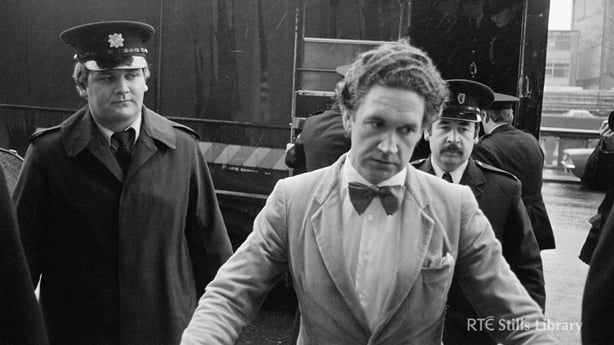
He is also alive to the ethical questions involved: after all, in order to get Macarthur to open up, he needs to gain his trust, needs him to warm to his questioner – which raises the disturbing "possibility that I might warm to him." Comparing his own relatively privileged background and ability to devote himself to his writing to Macarthur’s life, O’Connell does at one point admit to "a queasy, perverse sympathy - not for what he did, of course, but for the terror at the loss of his privilege that led him to do it."
But such feelings are kept firmly in check, as O’Connell rigorously pursues the truth – difficult with a witness as slippery as Malcolm Macarthur, whose very use of language seems to be designed to frustrate him. He used "an array of linguistic strategies with which to distance himself from the emotional reality of the murders", always using indirect speech when discussing the events (he wouldn’t say "I did it", instead saying "it was done"), a "grammar of displacement" which O’Connell suggests was probably unconscious. Macarthur refused "to engage directly with the question of his own motivations, and the thought process that led him to the murders"; he "seemed to be to be extraordinarily capable of shaping memory to suit his purpose. If something was painful to recall, he would fashion it into something more easily assimilated."
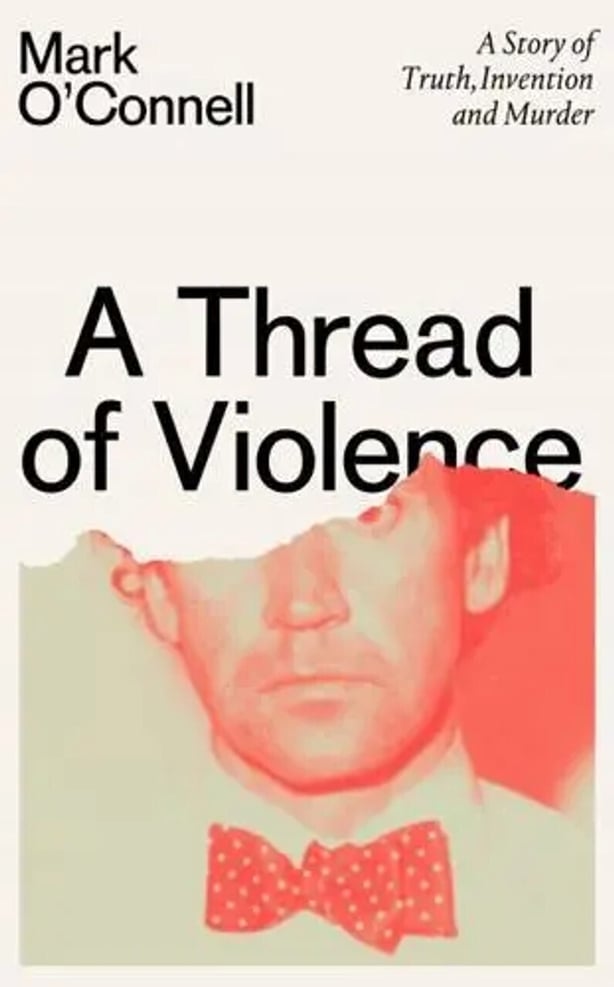
This evasion was clearly and understandably frustrating for O’Connell. "I wanted to penetrate the carapace of self-possession and stoic composure, and to arrive at something painful and meaningful and true. Yet the more time I spent with Macarthur, and the more I heard of his story, the less I was able to believe in the existence of some ultimate truth of his life, or in the possibility, at any rate, of my ever locating it..."
As he points out, there was no need for the murders. Macarthur could have stolen Bridie Gargan’s car without savagely beating her with a hammer and leaving her for dead; once he got his hands on Donal Dunne’s shotgun, he could have simply refused to give it back, without the need to shoot Dunne in the face. Even in the terms of his own twisted logic, there was no need for these terrible crimes. "Something here is not right. Beneath the cold, computational logic of the crimes, there is something chaotic and strange, a violence reducible to neither reason nor circumstance. A violence that is itself alone."
These two books cover much the same ground, but in quite different ways. Each brings a new richness to our understanding of the events of 1982 – grotesque, unprecedented, bizarre and unbelievable as they were. Both are well worth reading.
The Murderer and the Taoiseach is published by Hachette Books Ireland, and A Thread of Violence: A story of Truth, Invention and Murder by Granta Books


